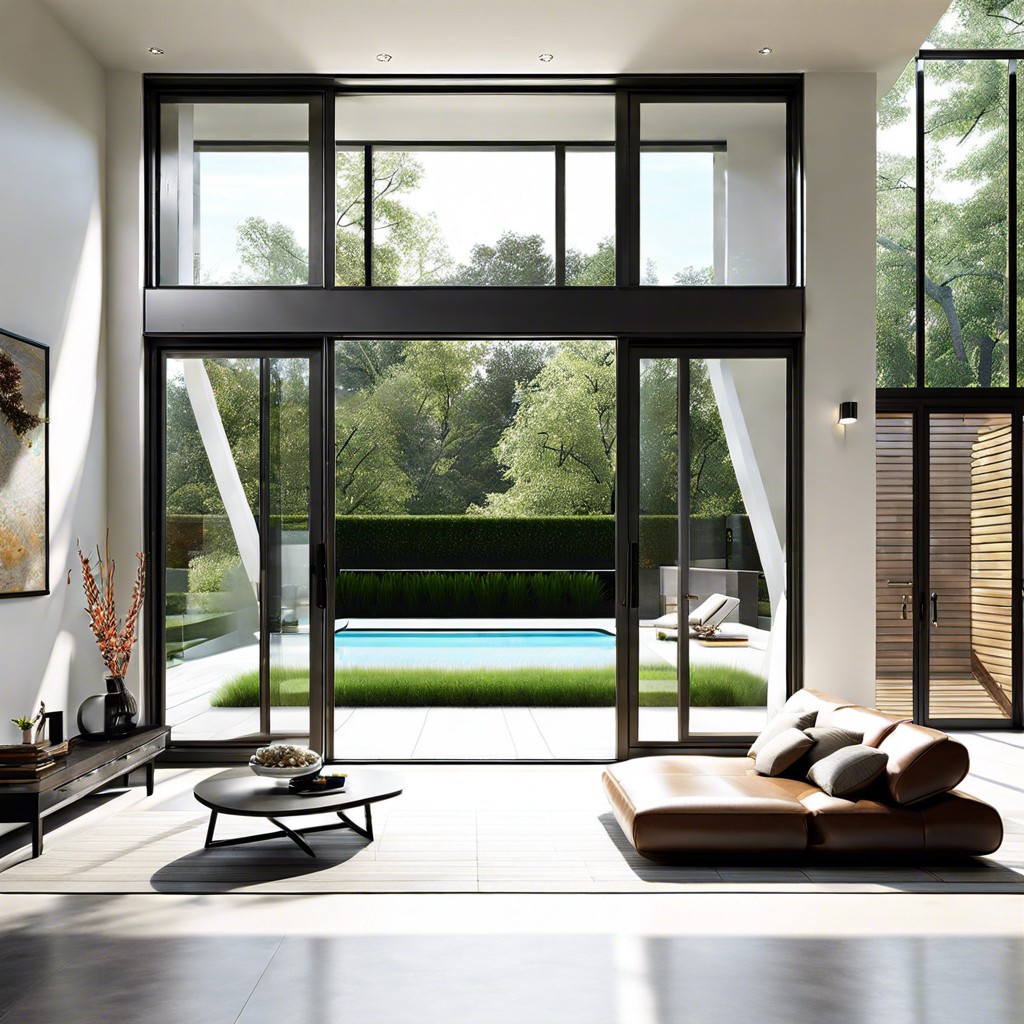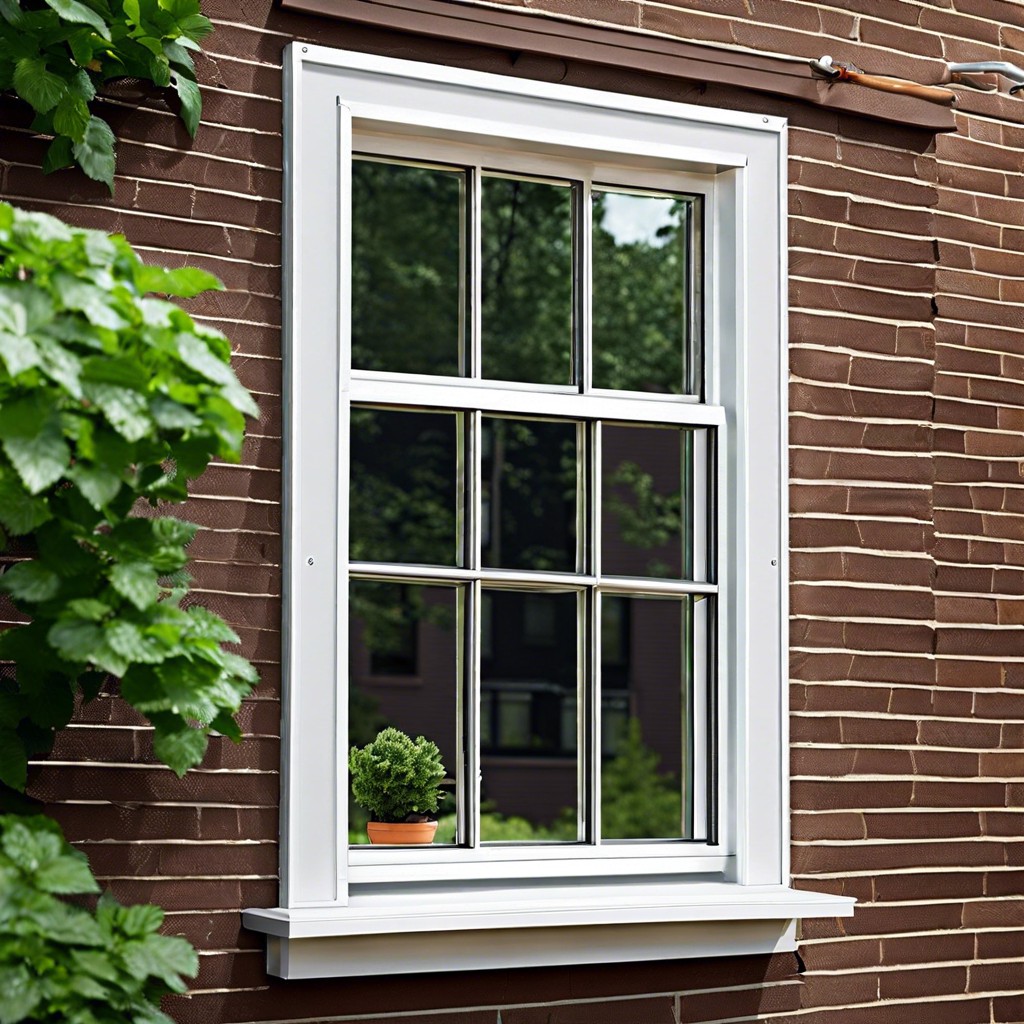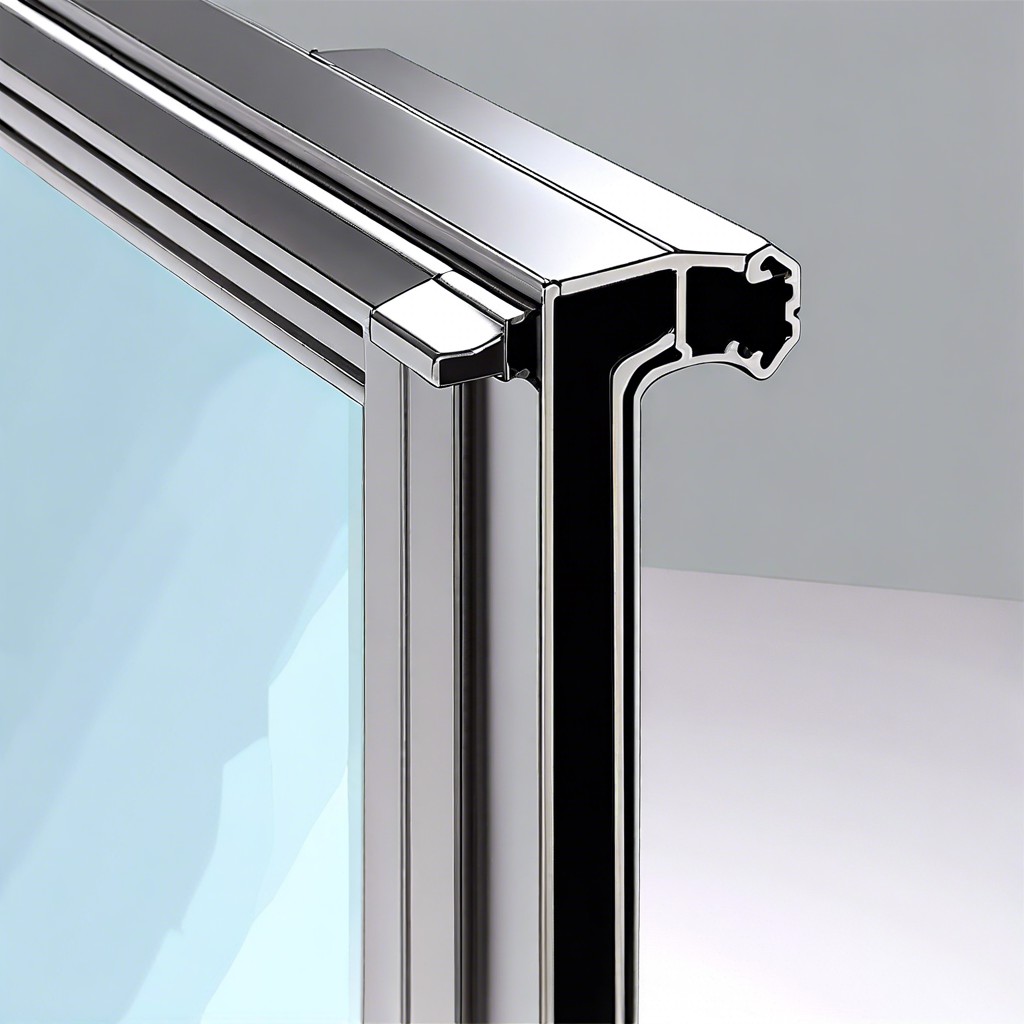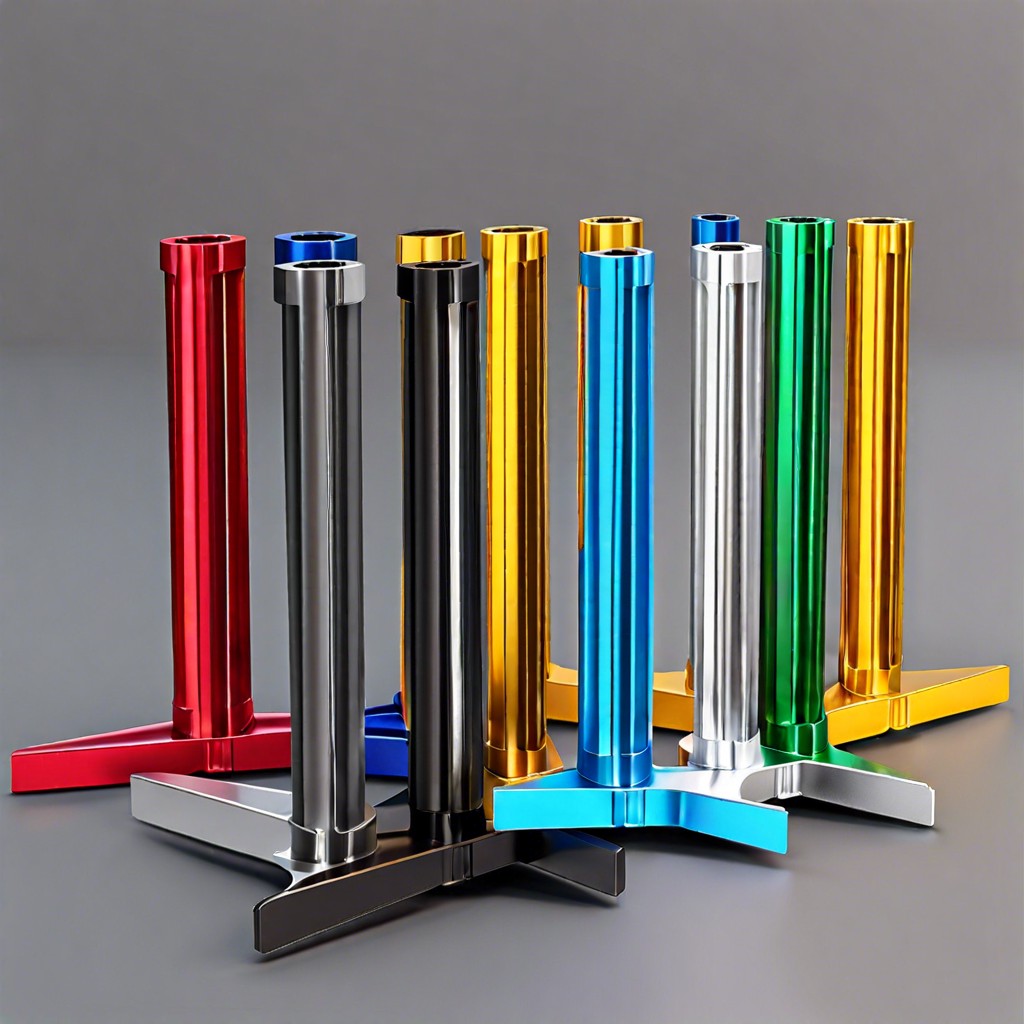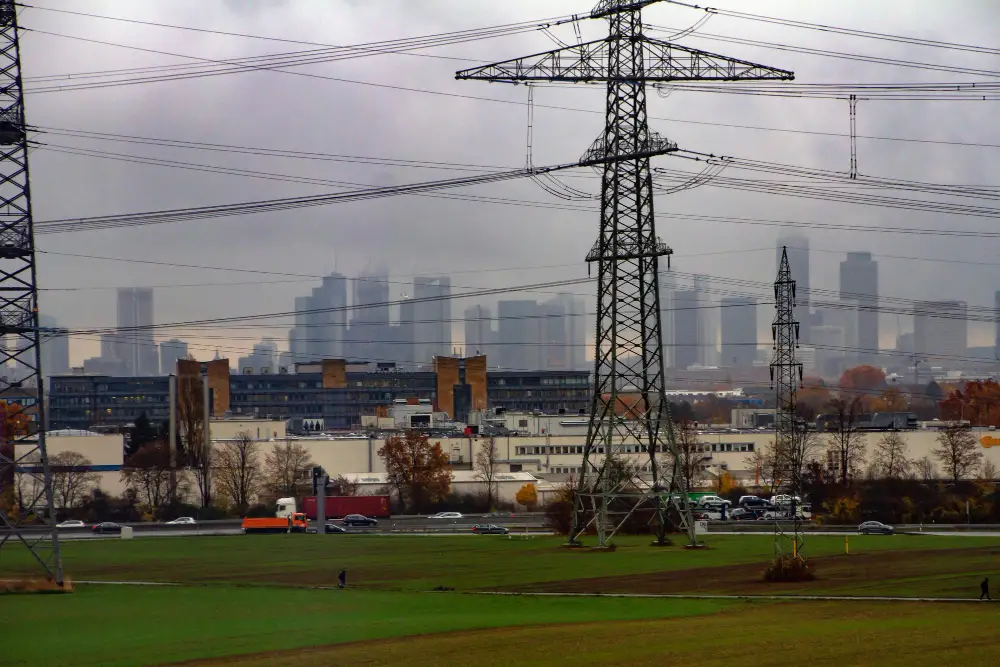Upgrade your home’s performance with energy-efficient windows. Reduce your monthly bills today.
As I sat in my living room on a chilly winter evening, I couldn’t help but notice the draft coming from my windows. Despite cranking up the heat, my home felt uncomfortably cold and my energy bill was skyrocketing.
That’s when I realized that it was time to upgrade to energy-efficient windows.
As a blogger who writes about house windows, I know firsthand how much of an impact they can have on your home’s performance. From reducing energy costs to improving indoor comfort levels, upgrading your windows is one of the best investments you can make for your home.
In this blog post, I’ll be sharing everything you need to know about energy-efficient window upgrades and how they can benefit your household. So grab a cup of tea and let’s dive in!
Benefits of Energy-Efficient Windows

Upgrading to energy-efficient windows has numerous benefits that go beyond just reducing your energy bills. As I researched more about these types of windows, I discovered that they can also improve the overall performance of my home.
For starters, energy-efficient windows are designed to keep your indoor temperature consistent throughout the year. This means no more feeling chilly in winter or uncomfortably hot in summer.
With better insulation and advanced glazing technology, these windows can help regulate indoor temperatures while keeping drafts at bay. Another benefit is improved air quality inside your home.
Energy-efficient window upgrades often come with features like low-E coatings and gas fills which reduce condensation on glass surfaces and prevent mold growth caused by excess moisture. Lastly, investing in energy-efficient window upgrades adds value to your property as it’s a long-term investment for any homeowner looking for ways to increase their home’s worth.
As someone who loves a cozy living space during winter months without worrying about high heating costs or poor air quality due to old drafty windows – upgrading my house with new efficient ones was an easy decision!
Types of Energy-Efficient Windows
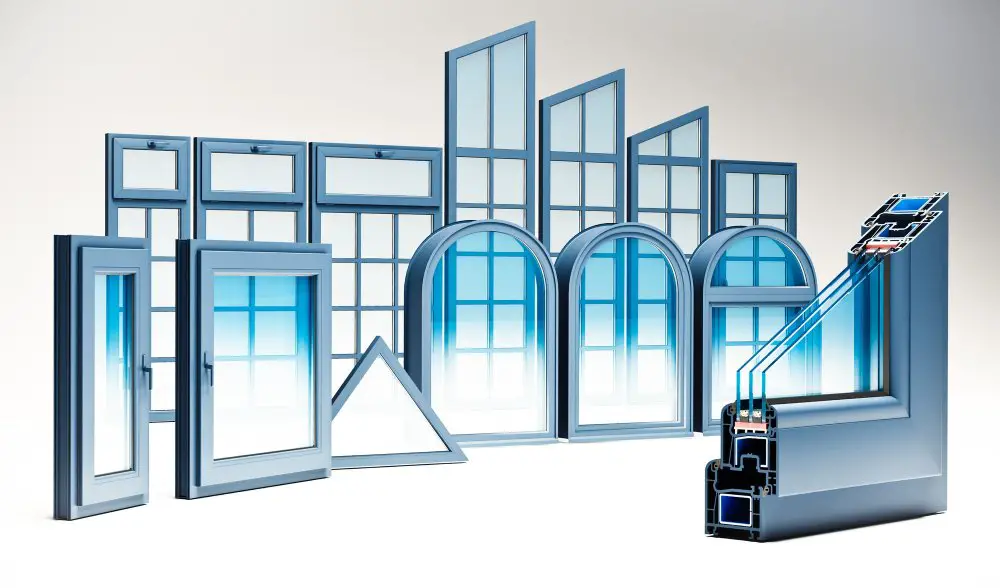
When I started my research on energy-efficient windows, I was surprised to learn that there are several types available in the market. Each type has its unique features and benefits, making it essential to choose one that suits your home’s needs.
One of the most popular options is double-pane windows. These have two panes of glass with a layer of gas between them, which acts as an insulator and reduces heat transfer.
Another option is triple-pane windows that offer even more insulation by having three layers of glass.
Low-E (low-emissivity) coatings are another feature found in energy-efficient windows. This coating reflects infrared light while allowing visible light to pass through, keeping your home cooler during summer months and warmer during winter months.
Lastly, consider investing in window frames made from materials such as vinyl or fiberglass instead of traditional wood frames for better insulation properties.
Choosing the right type can make all the difference when it comes to boosting your home’s performance while saving money on energy bills at the same time!
Window Insulation Techniques
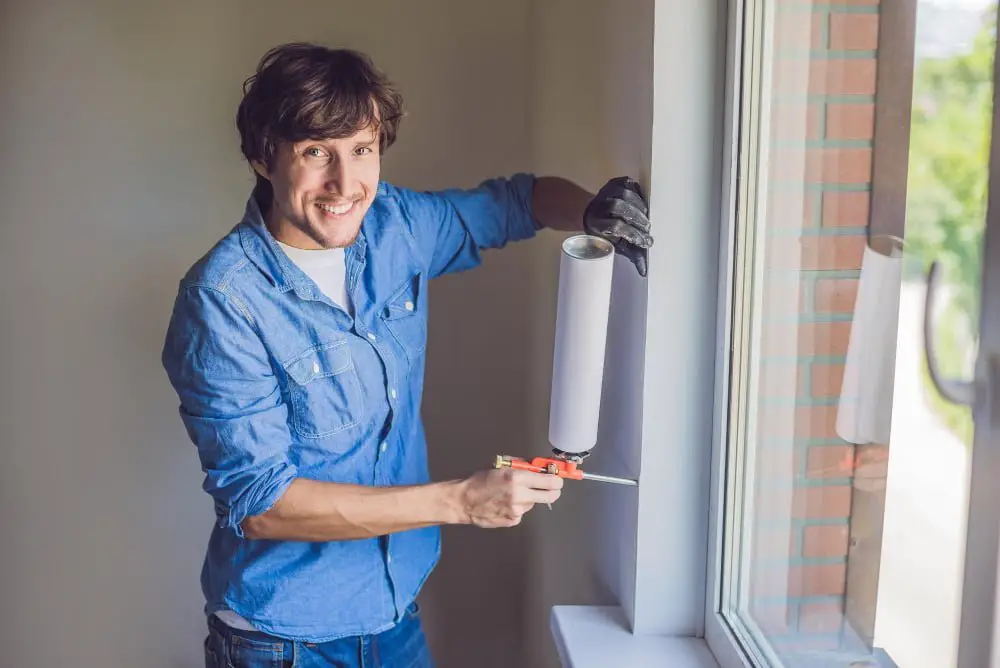
One of the most effective ways to improve your home’s energy efficiency is by upgrading your windows’ insulation. As I researched different window insulation techniques, I discovered that there are several options available, each with its own benefits.
One popular technique is weatherstripping, which involves sealing gaps around the window frame using materials like foam tape or felt. This method can significantly reduce air leakage and prevent drafts from entering your home.
Another option is caulking, which involves filling in any cracks or gaps between the window frame and wall with a sealant material. This technique not only improves insulation but also helps to keep out moisture and pests.
Lastly, adding storm windows can provide an extra layer of protection against harsh weather conditions while improving energy efficiency by reducing heat loss through conduction.
By implementing these simple yet effective techniques for insulating my windows at home, I was able to notice a significant improvement in both my indoor comfort levels and energy bills. Upgrading to energy-efficient windows may seem like a daunting task initially but it’s worth every penny spent!
Glazing Options for Efficiency
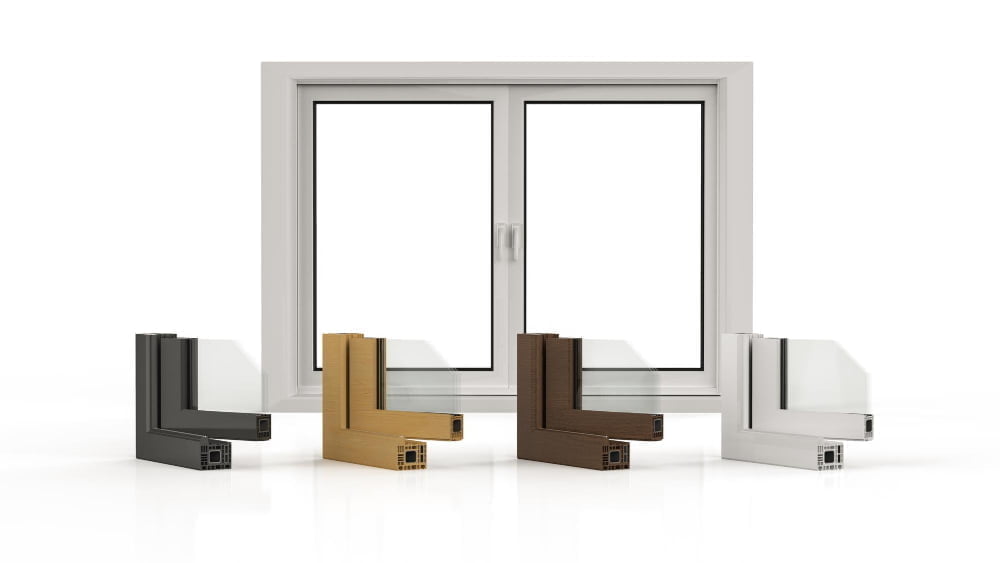
When I started researching energy-efficient windows, one of the first things that caught my attention was the different glazing options available. Glazing refers to the glass used in a window and can have a significant impact on its energy efficiency.
Single-pane windows are common in older homes but offer little insulation against heat loss or gain. Double-pane windows, on the other hand, consist of two panes of glass with an insulating layer between them.
This design helps to reduce heat transfer and improve overall energy efficiency.
But it doesn’t stop there – you can also choose from triple-pane or even quadruple-pane options for maximum insulation benefits. Low-emissivity (low-e) coatings can be applied to further enhance your window’s performance by reflecting infrared light back into your home during winter months while blocking out unwanted UV rays during summer months.
When upgrading your home’s windows for improved performance and comfort levels, it is essential to consider all these glazing options carefully before making any decisions.
Proper Window Installation
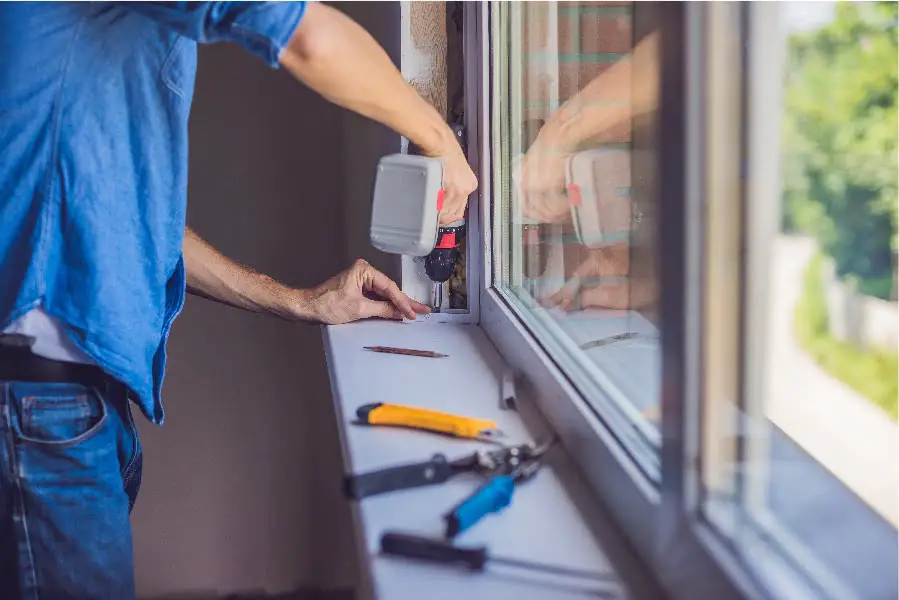
Now that you’ve decided to upgrade your windows, it’s important to ensure they are installed properly. Improper installation can lead to air leaks and reduce the effectiveness of energy-efficient windows.
When I upgraded my own home’s windows, I made sure to hire a professional installer who had experience with energy-efficient window installations. They were able to properly seal any gaps or cracks around the frames and sashes, ensuring that no air was leaking in or out of my home.
Proper installation not only ensures maximum efficiency but also extends the lifespan of your new windows. It may be tempting to save money by installing them yourself, but investing in a professional installer will pay off in the long run.
Remember: upgrading your home’s performance starts with proper window installation!
Cost and Savings Analysis
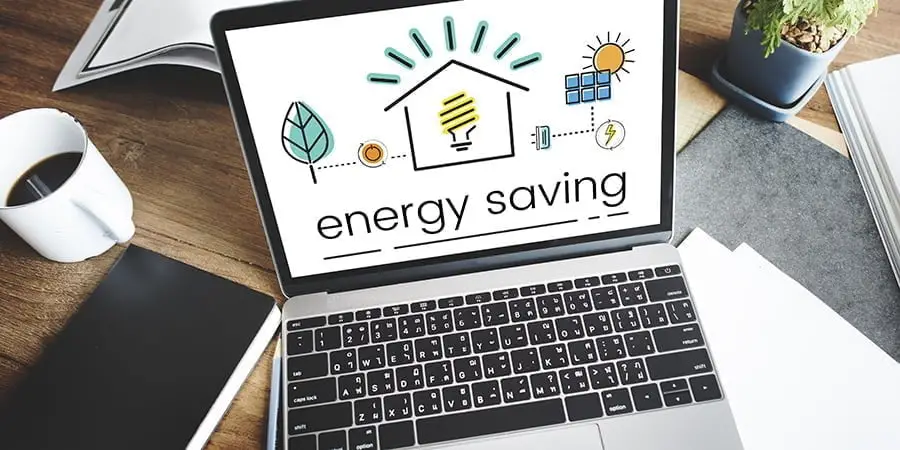
After realizing the impact my old windows were having on my energy bill, I knew that upgrading to energy-efficient windows was a smart investment. But like any home improvement project, cost is always a consideration.
The good news is that while energy-efficient windows may have a higher upfront cost than traditional ones, they can save you money in the long run. According to Energy Star, replacing single-pane windows with Energy Star certified ones can save homeowners an average of $101-$538 per year on their utility bills depending on where they live and what type of window they are replacing.
In addition to saving money on your monthly bills, upgrading your windows can also increase the value of your home if you decide to sell it down the line. In fact, according to Remodeling Magazine’s 2020 Cost vs Value report for midrange vinyl window replacements in our region (Mid-Atlantic), homeowners recoup an average of 72% of their investment upon resale.
So while there may be some initial costs associated with upgrading your home’s performance through new energy-efficient window installations or replacements – it’s important not only for comfort but also as part of overall maintenance and upkeep!
Maintenance Tips for Efficiency
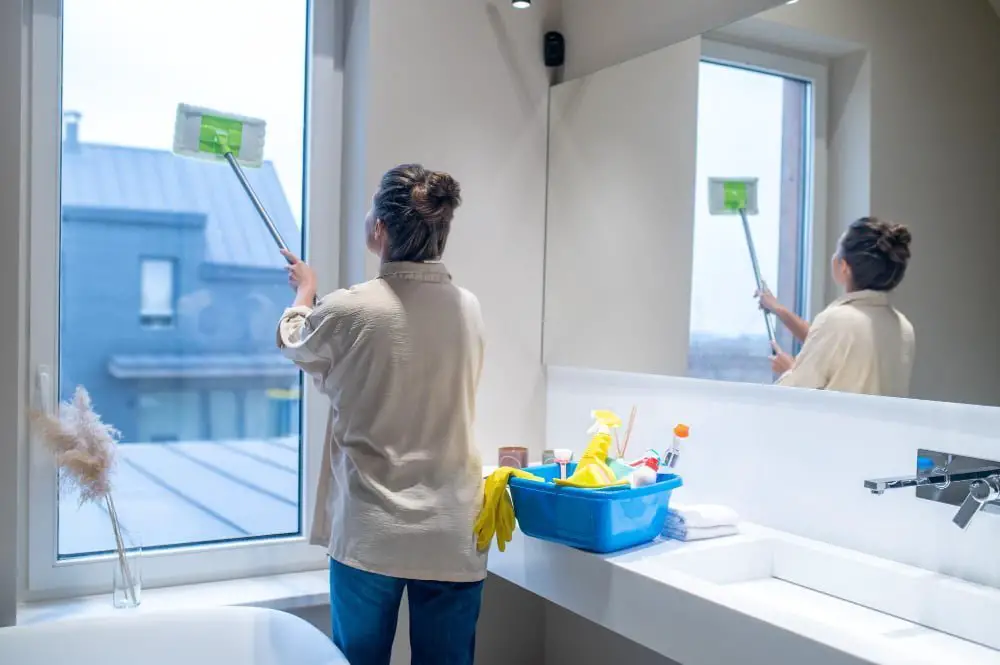
- Clean your windows regularly: Dirt and debris can accumulate on the surface of your windows, which can reduce their efficiency over time. Make sure you clean them regularly with a soft cloth or sponge and mild detergent.
- Check for air leaks: Even the most energy-efficient window won’t perform well if there are air leaks around its frame or sash.
- Check for drafts by running a candle flame along the edges of your window: if it flickers, there may be an air leak that needs sealing.
- Inspect weatherstripping: Weatherstripping is designed to seal gaps between moving parts of your window and prevent drafts from entering into your home through these areas; check this component periodically as it wears out over time.
By following these simple maintenance tips, you’ll help keep those new energy-efficient windows in top shape while also saving money on utility bills!
Recap
